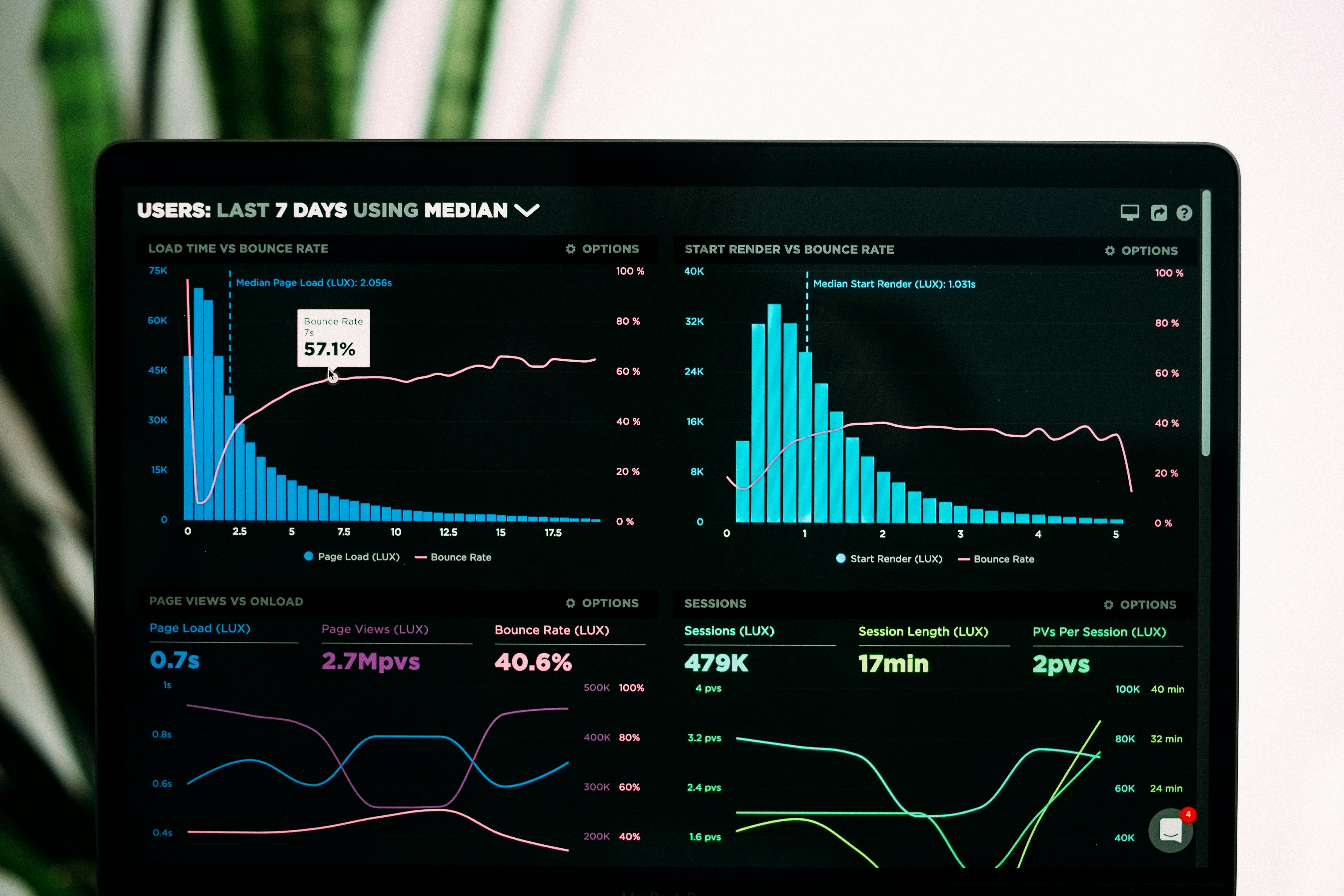Power BI Mastery
This Power BI course provides a comprehensive introduction to one of the most powerful business intelligence tools available today. Designed for individuals ranging from beginners to intermediate users, the course covers everything from the basics of understanding Power BI’s role within the Microsoft ecosystem to advanced visualizations and data analysis techniques.
Participants will explore how to effectively use Power BI Desktop, transform and model data, create interactive visual reports, and share insights through Power BI Service and Mobile. By the end of the course, learners will have gained practical knowledge on how to leverage Power BI to turn raw data into actionable insights.
This syllabus offers a comprehensive path for beginners to progress from zero knowledge to being able to independently create and manage Power BI reports.

Syllabus
Objective: Understand the basics of Power BI, its purpose, and how it fits within the Microsoft ecosystem.
Objective: Learn the basics of installing and using Power BI Desktop to create simple reports.
Objective: Understand how to clean, reshape, and transform data using Power Query.
Objective: Learn the fundamentals of creating a data model in Power BI for efficient analysis.
Objective: Learn how to create insightful and interactive reports using visual elements.
Objective: Gain basic proficiency in using DAX for calculations and aggregations.
Objective: Learn how to publish reports to the Power BI Service and share them with others.
Objective: Explore advanced visualization options and custom visuals in Power BI.
Objective: Learn best practices for designing clear and impactful Power BI dashboards.
Objective: Understand how to view and interact with reports on mobile devices.
Objective: Learn how to schedule data refreshes and maintain up-to-date reports.
Objective: Learn how to connect Power BI to on-premise data sources via Gateways.